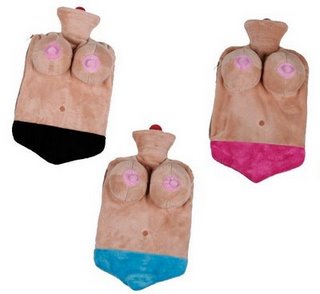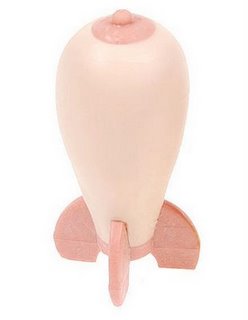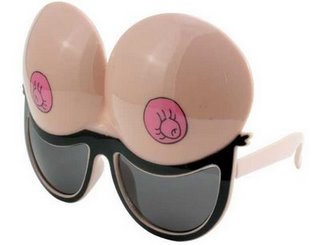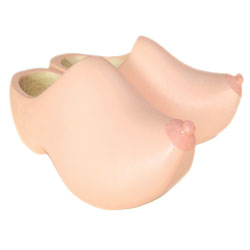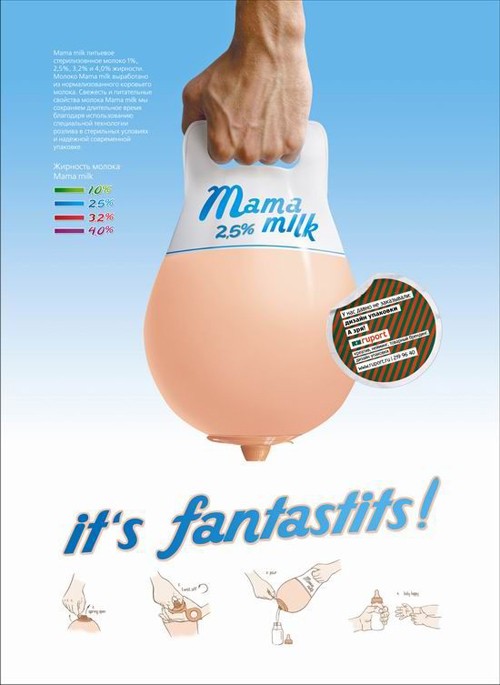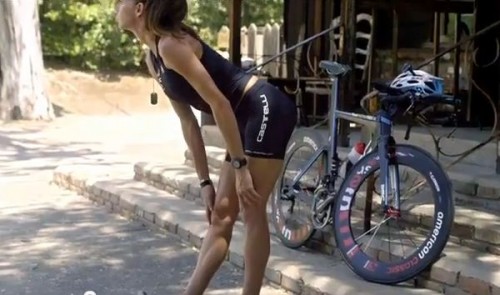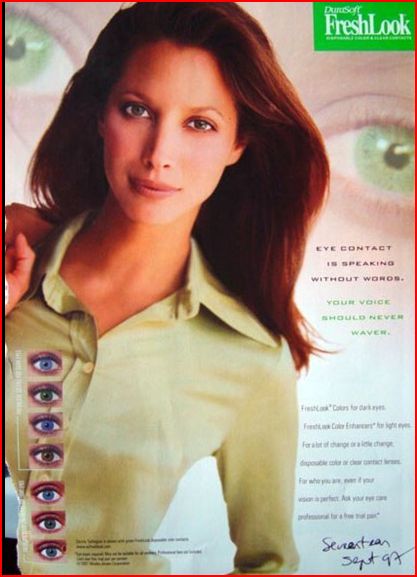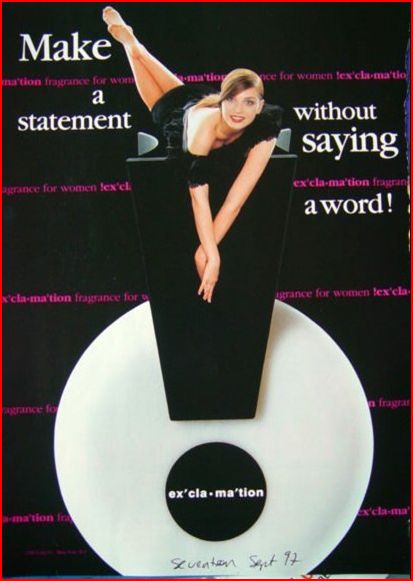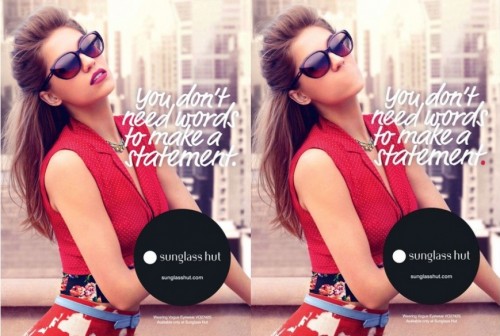The blog Street Anatomy looks at representations of human anatomy in textbooks, design, and pop culture. One aspect they look at is gendered presentations of human bodies in medical texts. Some of the examples they’ve collected are on display in the Objectify This: Female Anatomy Dissected and Displayed exhibit, which runs through September 29th at Design Cloud Gallery in Chicago.
Curator Vanessa Ruiz posted a textbook included in the exhibit. The Anatomical Basis of Medical Practice, published in 1971, used naked female bodies posed in ways reminiscent of pin-ups. As the authors explained,
In our own student days we discovered that studying surface anatomy with a wife or girl friend proved to be not only instructive, but highly entertaining. Since the majority of medical students still tend to be males, we have liberalized this text by making use of the female form. But, more to the point, we have done so because a large portion of your future patients will be women and few texts have pointed out surface landmarks on the female.
Below are some sample illustrations; I’m putting them after the jump since they include nude women.

